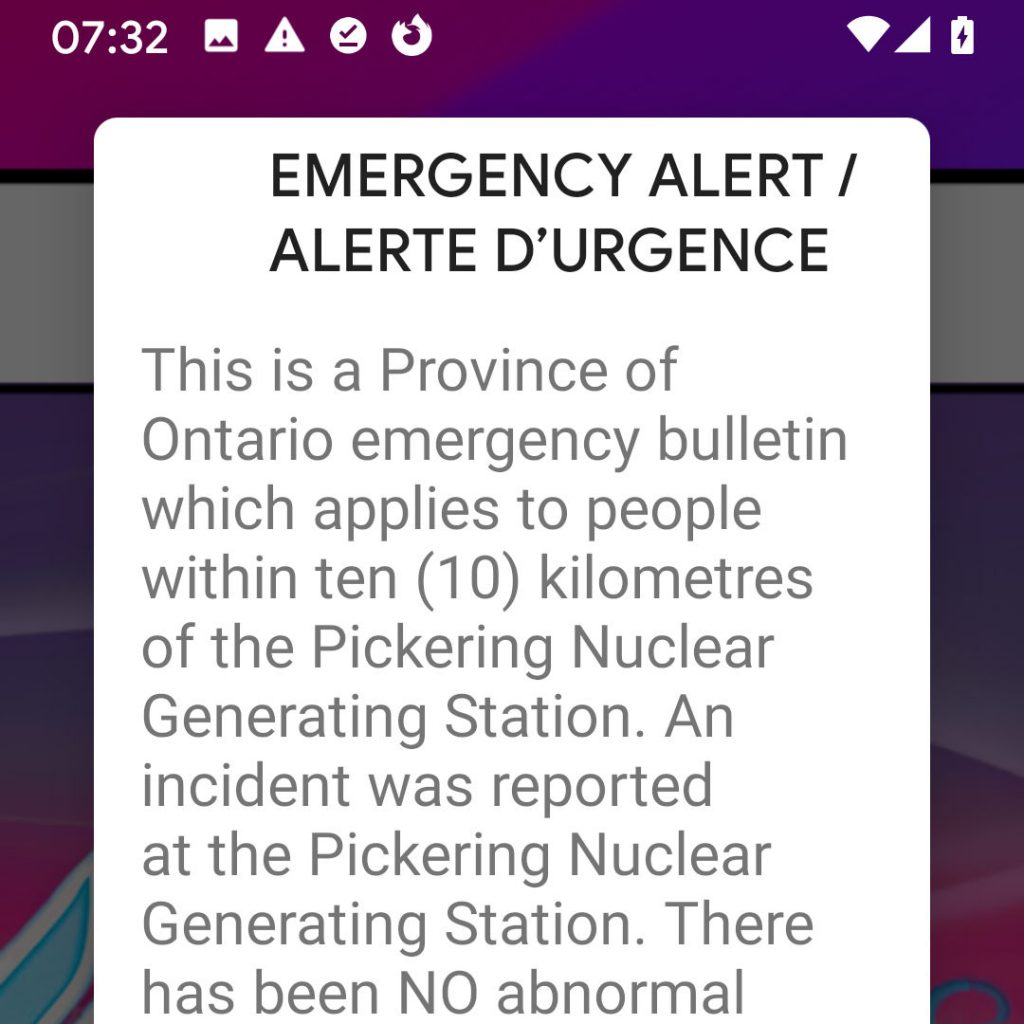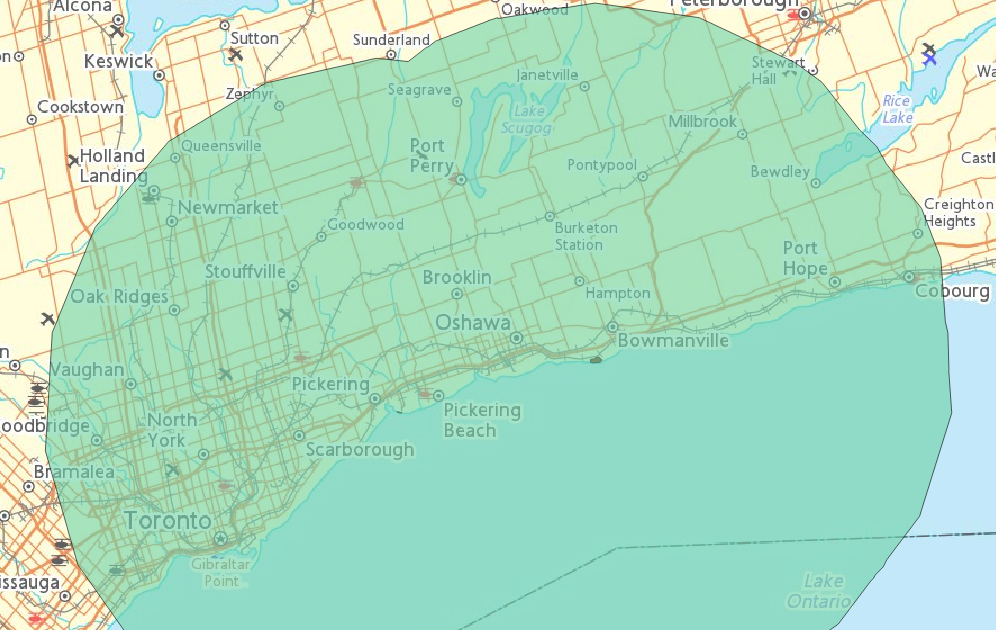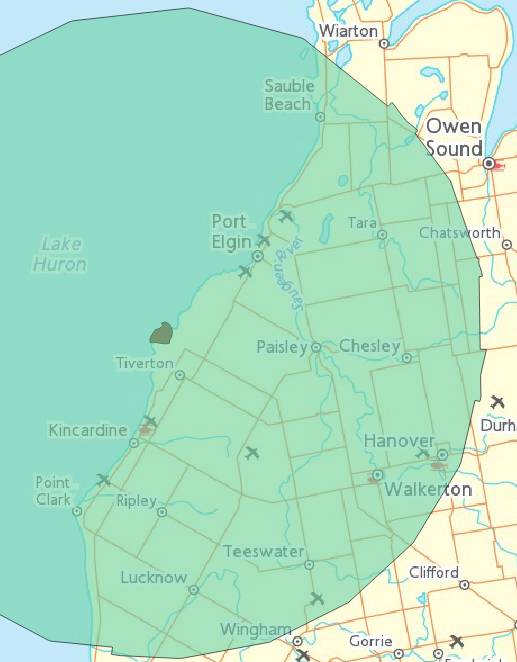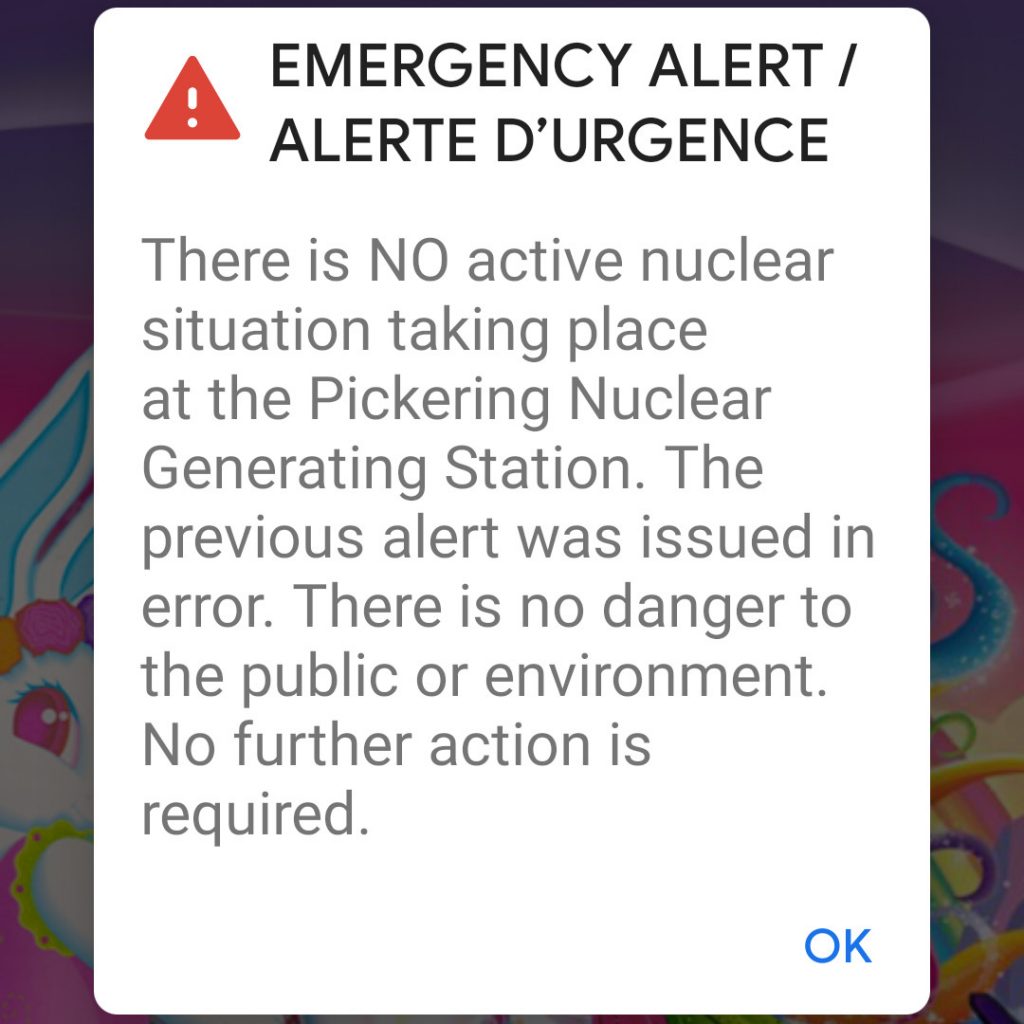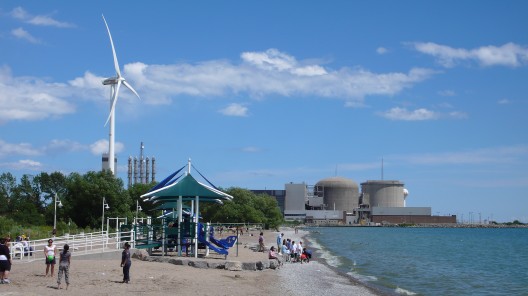Many people (such as 1, 2, 3, 4) cite the Hélimax study Analysis of Future Offshore Wind Farm Development in Ontario [PDF] as a good reason not to even measure wind speeds off the Toronto shoreline. I would be quite surprised if most commenters had read it, as it’s not a light read, but there are three basic reasons that the report doesn’t apply:
- The report is not prescriptive; it does not outline the only viable sites in the Great Lakes. Indeed, the very last paragraph of the executive summary says “… it should be emphasized that the sites … selected do not necessarily correspond to the projects currently being developed. This report by no means seeks to disparage any sites currently under development which are not part of the 64 sites selected. There are wind power projects that can be feasibly developed beyond the sites that are identified in the present study.” A statement like that leads me to believe that the report was intended for capacity planning, and not site selection.
- The report specifically excludes Lake Ontario around the GTA on population density, even though it notes “… utilities generally prefer to have power generation close to population centres” [p.10]. Simply put, if Toronto Hydro wishes to bring wind power into Toronto, it can either have local generation where everyone sees it, or remote generation with pylons that everyone can see. Pick one.
- The mesoscale modelling that the report relies upon is unproven offshore: “… the accuracy of mean wind speeds derived from onshore mesomaps is generally assumed to be ±7%, the precision of such maps for offshore applications is not well known” [p.4]. ±7% for a mean wind speed means a lot more than seven percent in energy yield – that’s roughly good enough to tell you where you might want to start doing site selection. Indeed, the report confirms this: “… on-site meteorological measurements are required to perform a truly judicious assessment of the local wind resource and ensuing energy yields of a given site”.
So that about wraps it up for the Hélimax study pertaining to Toronto.
Others have commented that the low capacity factors of the Pickering and ExPlace turbines. Despite that fact that capacity factors for a given site are highly machine specific, there are some issues here too:
- Both sites are near large buildings which disrupt air flow. This issue goes away even a moderate distance offshore.
- Both sites are really demonstrators, and positioned for maximum public exposure rather than generation.
- The Pickering Vestas V80 was a very early model of its type, and needed a lot of TLC to get operating. I wouldn’t call it quite a prototype, but it’s not far off.
- The Pickering turbine is designed for windy (Class I) sites. It has shorter blades (80m diameter) and a bigger generator (1.8MW) than the turbines I’m most familiar with (82m diameter, 1.65MW). It will catch less wind and thus drive the generator less hard (quick, you come up with a better analogy for capacity factor … I couldn’t) than a Class II or III machine.
- The Explace turbine has smaller blades than it was supposed to – the supplier ceased trading before they were able to replace the interim 52m blade set with 58m ones. As the tower was designed for longer blades, the turbine can never be run at full speed or full generation.
- Due to the closure of Lagerwey, the ExPlace turbine has never had what I’d class as an industry-standard maintenance contract. The joint venture of TH and WindShare volunteers directs the maintenance, but there’s no permanent crew like a commercial operation would have.
So put that lidar out in the lake, and let’s see what we’ve got.
